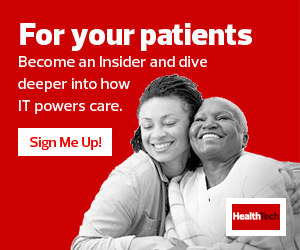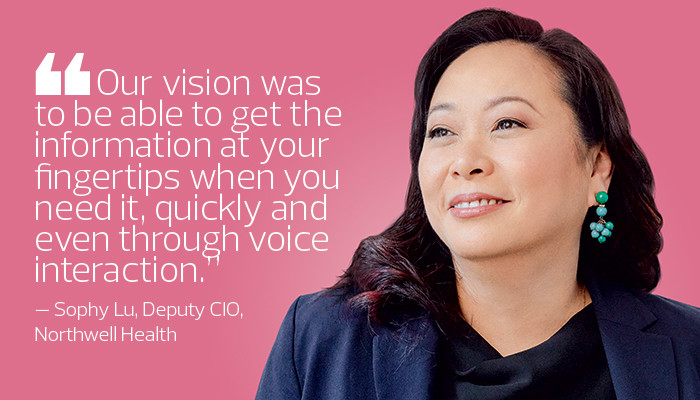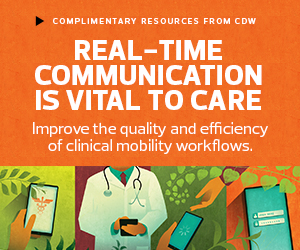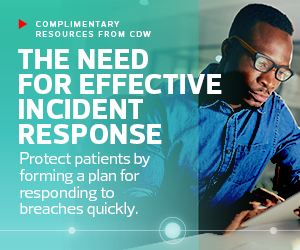Driving Holistic Decision-Making in Healthcare
Clinicians can do their best work when they have full, fast access to patient records, test results, peer collaboration and other resources. Clinical communication and collaboration tools help to make that vision a reality, easing workflows while improving outcomes.
At Northwell Health, which has 23 hospitals in and around New York City, a move to Microsoft Teams in 2019 provided a foundation for seamless, HIPAA-compliant collaboration that supports decision-making and patient management.
“It does create an ecosystem for care teams,” says Deputy CIO Sophy Lu. “It sets a common platform to share knowledge and communications.”
DISCOVER: Find out the 3 nursing tech trends to watch in 2022.
To complement Teams, Northwell’s information services staff built Nora, an intelligent virtual assistant that makes relevant patient data accessible on clinicians’ mobile devices. Nora not only provides a quick, summarized view of the latest clinical data, but can also alert clinicians when test results, consult notes or discharge orders are ready, providing real-time access to critical information. Nora is a multicloud solution that uses best-of-breed tools from Microsoft Azure to make data available securely to the right clinician.
Although clinicians work within electronic medical records, it’s faster and easier to use Nora to view the data they need, Lu says. “Our vision was to be able to get the information at your fingertips when you need it, quickly and even through voice interaction.”
















